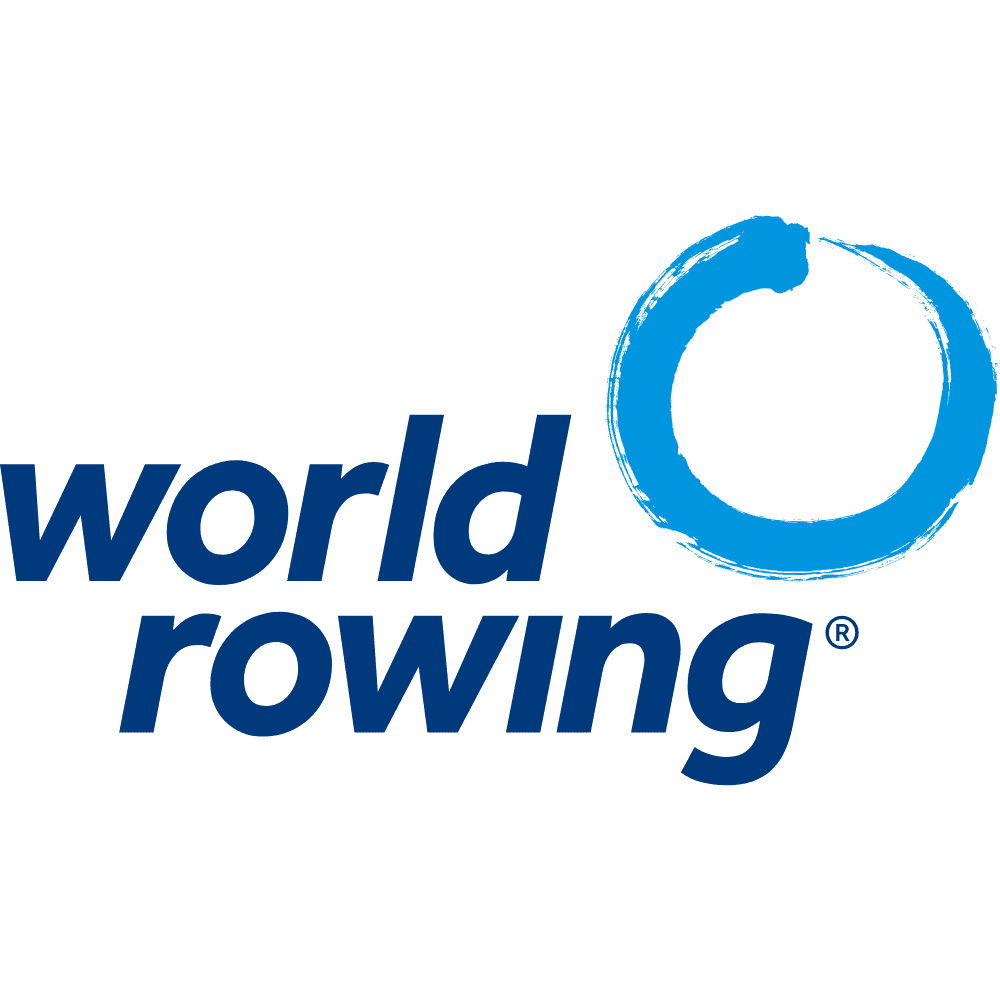
22 Jan 2021
Stability with some spice – the women’s pair
It has been anything but usual this past Olympiad. With the postponement of the Tokyo 2020 Olympic Games, the race drags on for one more year. Here’s a look back at the last four years in the women’s pair in the hopes of predicting what might happen as we head into the 2021 season.
Recap of last four years: The women’s pair, like the men’s pair, has been a relatively stable boat class over the last quadrennial. New Zealand has dominated much of the competition, with Canada and Australia hot on their tails. Both Canada and Australia have put together new combinations that found speed and rhythm together extremely quickly. The New Zealand duo of Kerri Gowler and Grace Prendergast has been together for longer and they have managed to use that to their advantage to win two of the three World Championship events. Denmark, Spain, and the United States also found medal success, with Romania winning on the European level.
2017 World Championships: NZL, USA, DEN, GBR, ESP, GER
2018 World Championships: CAN, NZL, ESP, ITA, CHN, IRL
2019 World Championships: NZL, AUS, CAN, USA, ESP, ITA
Fun tidbit: Historically, many women’s pair combinations have also doubled-up in the women’s eight. Romania is famously known for their ability to medal in both categories. New Zealand and Australia accomplished this feat at the 2019 World Rowing Championships. But this can be difficult at the Olympic Games. Will they continue this into the 2021 season?
That oh-so-close finish: It wasn’t a medal race, but the B-final at the 2019 World Rowing Championships was a nail-biter. With qualification spots up for grabs, the top final four crews finished within 1.5 seconds of each other and Chile missed qualifying by just 0.13 seconds.
Must watch: The 2019 European Rowing Championships was one of the closest races in the women’s pair over the last quadrennial. Romania, the Netherlands and Italy went stroke-for-stroke through the finish line. On the beautiful waters of Lucerne, Switzerland, the European athletes fought for gold. https://www.eurovisionsports.tv/fisa#AQJNX3SV2B
Quote of the quadrennial: I was really emotional before the start so I wasn’t sure how that would go but our race went really well and controlled. At the end we just pushed for it with our eyes closed and made it.” Anna Boada Peiro, Spain, bronze, 2018 World Rowing Championships.
Olympic qualifiers: Eleven crews qualified at the 2019 World Rowing Championships (New Zealand, Australia, Canada, United States, Spain, Italy, Romania, Ireland, China, Great Britain, Greece). Two more crews will be added from the 2021 Final Olympic Qualification Regatta.
The ramification of the ‘extra year’: The women’s pair has seen several new additions in the last two years that shook up the field: Australia and Canada. The Australian pair has a cumulative of 3.5 years of international racing experience together. And although the Canadians have more racing experience, they have only been together in the pair for two years. The extra year for these crews may push them to faster speeds than the New Zealanders. But, of course, training in New Zealand has been relatively undisrupted, which may provide them with an advantage going into the 2021 season.
Olympic prediction: We’re likely to see New Zealand, Canada and Australia in the final of the women’s pair. But their places on the podium are definitely not guaranteed. The United States, Spain, Denmark and Italy have all shown top performances. And don’t forget about up-and-coming crews like Chile. In the pair, if a crew manages to find the right rhythm to make the boat sing, they are already in a league of their own.

